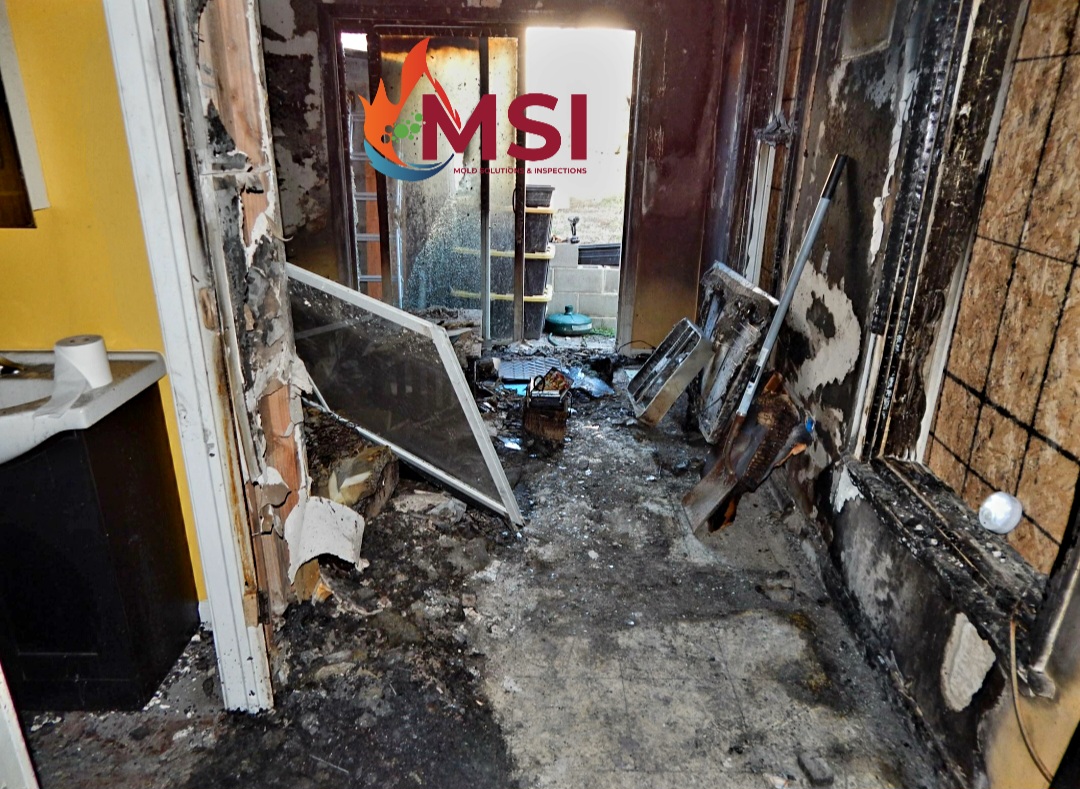Much of the discussion around traditional cigarettes centers on the dangers they pose to our health. The list of risks smoking poses to your health and the health of those around you is almost endless – there’s risk to your lungs and heart, and risks to your teeth in terms of staining, as well as your appearance. However, we don’t hear as much about the effects cigarette smoking can have on the inside of your home. Just like your body and health, long-term cigarette smoking inside your home can cause sometimes irreparable damage. Effects like clinging odor can be unpleasant for non-smoking guests, and damages caused by smoking can reduce the resale value of your home.
Fire Hazard
When left unattended, a burning cigarette can lead to a full-blown fire whose effects can range from smoke damage to a complete loss. These fires can sometimes be fatal for the smoker and other occupants in the house. The U.S. Fire Administration estimates that nearly 1000 smokers and non-smokers are killed each year by fires caused by cigarettes.
Ceilings, Walls, Furniture and Floors
Cigarette smoke contains a variety of chemicals, some of which cling and build up on surfaces that are exposed to it. In your home, cigarette smoke can build up and stain walls and cause wallpaper to curl. Walls too can see nicotine stains build up and discolor them. If the smoking goes on for long enough, the particles can literally embed themselves in sheetrock and be impossible to remove. If you’ve ever used the smoking huts at Atlanta’s airport, you can’t help but notice how discolored the ceiling tiles and walls are.
Electronics
Besides clinging to walls, curtains and other household items, cigarette smoke can also cling to electronic components (especially computers) and have disastrous effects over time. For example, with computers, the smoke will cling to anything that’s emitting heat (i.e. fans, capacitors, processors, etc.). This heat attracts a good bit of “dust” already, but the dust just magnifies when you add cigarette smoke to the mix. Also, cigarette smoke carries moisture with it and can lead to both a corrosion of parts and a dangerous build-up of dust. Dust and chemicals can even work their way through your walls and coat the inside of your electrical outlets.
Air Conditioning System
Your home’s A/C and heating system is critical to keeping your home comfortable, especially if you live in the Deep South or in a really cold region. The system(s) work by pulling in outside air through a filter. Every so often, these filters require changing.
Smoking in your home adds to all the dust, pet hair and other particulate matter in the air. These particulates have to be caught by the filter. As you can imagine, cigarette smoke will dramatically shorten the time between filter changes. Not changing the filter(s) more frequently while smoking in your home can cause your A/C system to overwork and possibly break down.
Cigarette smoking can have immediate effects that are noticed right away, especially by guests or anyone else living in the home. But over time, the smoke can literally embed itself in everything and even destroy things beyond repair.

